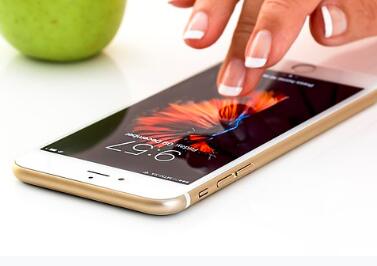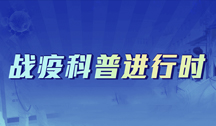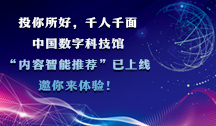
Source of pictures: Pixabay.com
"Ooh! Haha, I got you, dad! You're kind of slow. Never dodge my snowballs," Mackle giggled. The winter gave off a warm vibe in a playful snowball fight. Among all people dressing like 'snowballs', Mackle was the most flexible one. He dodged and attacked swiftly like a real player.
"Come here! Mackle! Grandma wants to talk to you." Hearing Mom's voice, Mackle rushed into the house and grabbed the phone at once. He was in a hurry to chat with grandma and didn't seem to mind the drops of water on his gloves. Mom quickly stopped him, "Mackle, take off your gloves, or the water will damage the phone." As Mom was speaking, Mackle had taken off his gloves, because he found that the phone screen did not respond when he touched it with gloves!
Why? You may find that we can't use a 'touch screen' through insulating materials. Just like Mackle, we can't text by using a touchscreen phone with gloves on.
The touch screen senses the touches because when our fingers touch a specific position on the screen, it sends a precise electronic signal to the screen. There are many types of touch screens which can be divided into two categories, i.e., resistive and capacitive touch screens. Capacitive touch screens are most widely used today.
Our mobile phones feature a top protective layer, and a touch sensor layer underneath. The touch sensor layer is coated with a thin layer of conductive metal, such as indium tin oxide. In fact, the touch sensor layer consists of two layers, each with tiny electrodes arranged at regular intervals. The two layers overlap each other to create a checkerboard-like grid under the screen. Of course, the spaces of the grid are much denser than a real checkerboard. We can't see them from outside the screen because they're basically transparent, covering the whole screen. Each of these spaces on the 'checkerboard' is an electrode with different coulombs of charges. These charges are at equilibrium when the screen is untouched. Because our fingers are conductive, once we touch the screen with our fingers, they 'interfere' with the electrodes under the screen, disrupting the balance by transferring more charges. Here we take the capacitive touch screen as an example. The disruption of the charge balance results in the change of the 'capacitance' at the place that your finger touched on the screen. The change in capacitance will be sensed by chips inside the phone. These chips and sensors then calculate a series of changes, including electric fields and currents, to figure out where your finger has touched.
Therefore, touch screens only respond when contacted by conductors, like your bare fingers. Gloves are insulators, so the touch screen doesn't respond. This is how touch screens work. A simple touch is supported by complex processes. Mackle, will you still use touchscreen phones with gloves?
Author: Zhu Yawen

















 京公网安备11010502039775号
京公网安备11010502039775号





